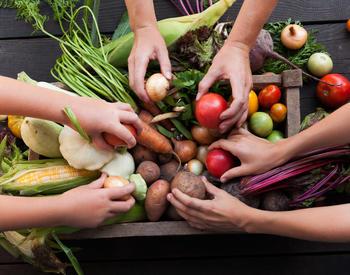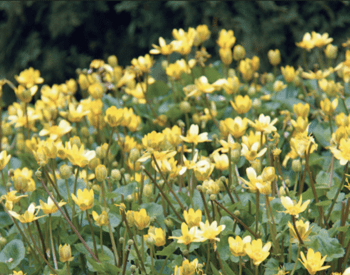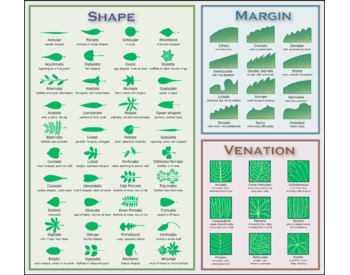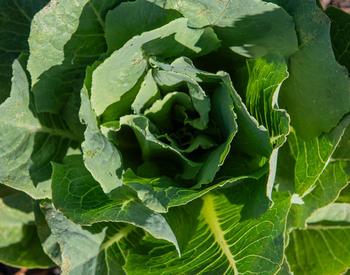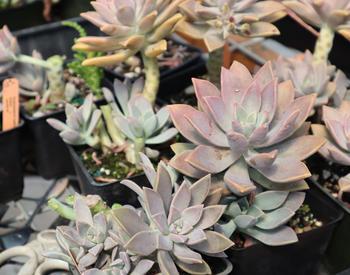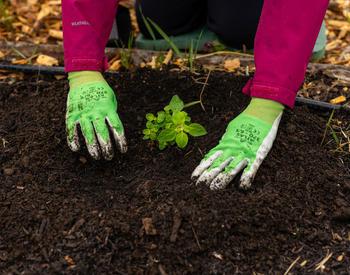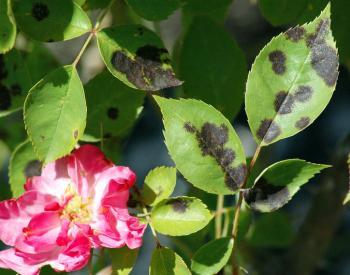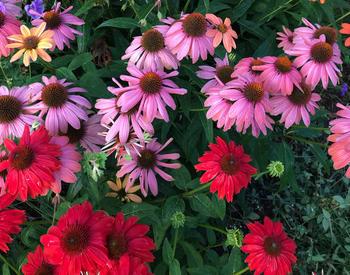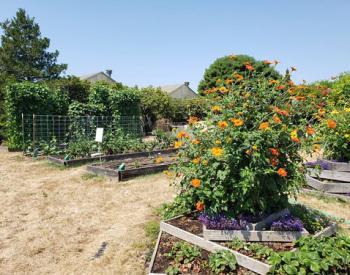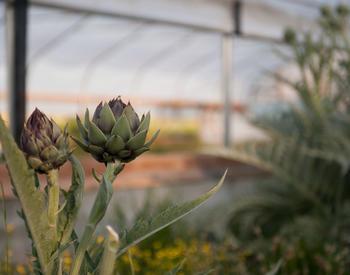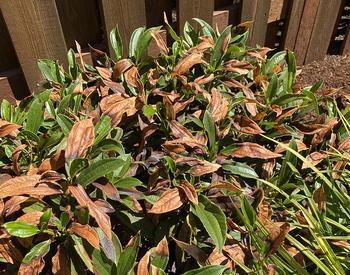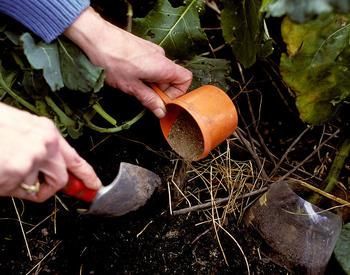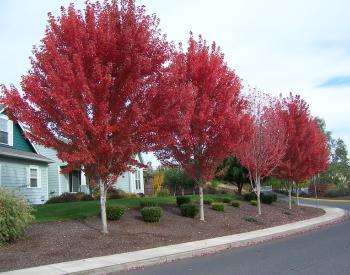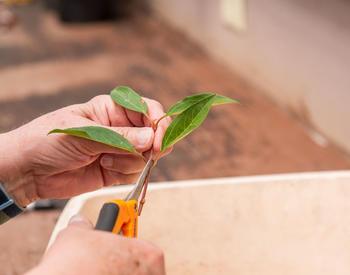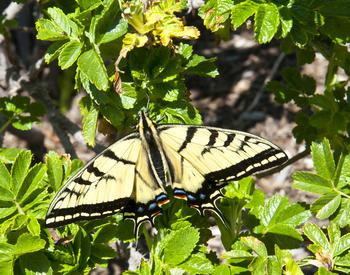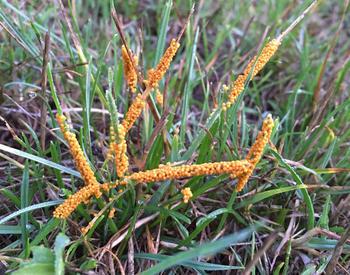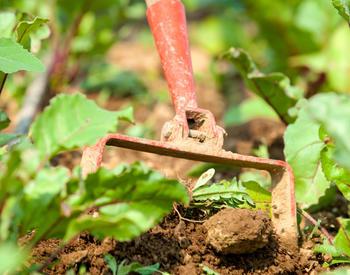“Enhancing Urban and Suburban Landscapes to Protect Pollinators” is a 40-page guide from the Extension Service for those seeking to convert yard and garden space into a pollinator paradise. It includes basic information on Pacific Northwest pollinators with a heavy focus on native bees, factors that impact pollinators, creating and maintaining habitat for pollinators, principles for getting started, design suggestions and a list of suitable plants. Also covered are pests and how to manage them with the least harmful effects on pollinators.
This guide provides detailed, specific suggestions and layers of information that help gardeners understand some of the nuances of gardening with pollinators in mind. Because even organic pesticides can be harmful to bees when applied incorrectly, it’s especially important to realize that the materials, rate and method of application, specific pest, and developmental stage of the plant all interact to ensure that one answer does not fit all situations.
Whether a home landscape is large or small, design principles can be applied in a way that creates a landscape better suited to pollinators. A sampling of the design principles featured in the guide follows.
Diversity of flowers
Just as people prefer different foods, different bee species are attracted to different flowers. Short-tongued bees may be limited to easily accessible pollen as is found on open, flat flowers such as daisies. Bees with longer tongues can access pollen in cup- or bell-shaped flowers.
Some bees are specialists, preferring one or two flower types, while others are “generalist” feeders. The more diverse the flower selection in your garden, the wider the range of pollinators it will attract. Small garden tip: If there’s not room for a wide variety, the daisy family (Asteraceae) is a good place to focus plant selections.
Continuous flowering
Inclusion of blooming material during the “shoulder seasons” of early spring and late fall, when fewer food sources are available, is an important aspect of this principle. Ideally, a pollinator garden has something blooming all the time so bees and other pollinators have a constant source of food. This is easy to do midsummer but more challenging early in the season when the weather is cool and in late summer when Klamath gardens are tired and dried out. Russian sage is an example of a late-summer bloomer that will continue to support pollinators after many other flowers have faded for the season. Gardeners with small spaces should seek plants with long bloom times to support this principle.
Include native plants
Native plants are the indigenous foods of native bees. While not always widely available for purchase, plants native to our area will be less prone to insect and disease problems, acclimated to our dry summers and ideal for supporting pollinators.
For Klamath gardeners, manzanita is a great early season blooming native, while rabbitbrush supports a wide range of pollinators late in the summer and is often the last food source available to bees as temperatures decline. Mock orange, vine maple and California poppies also support native pollinators.
Plant in waves
Economy of motion is not just for efficient workplaces — bees will appreciate large swaths of the same flower, which makes food gathering considerably easier, especially for small bees that don’t travel far between nesting site and food source.
Some bees practice “flower fidelity” — while they may visit a whole range of flowers, they only visit one type or species of flower in each foraging trip. Large patches of one flower type make pollen collection more efficient by cutting flight time and expended energy. This principle is harder to apply in small spaces but should not discourage small-space gardeners from supporting pollinators.
Remember trees and shrubs
Especially early in the season, trees and shrubs may be able to provide more pollen than their herbaceous counterparts. Fruit trees, manzanita, flowering quince and willows are good examples. Remember that flowering plums and cherries are also beneficial for pollinators even though they don’t provide “people food.” Including woody material also allows for “stratification” — some pollinators are naturally attracted to flowers high in a tree canopy, while small, ground-dwelling bees will pollinate a low-growing flowering hedge.
For those whose home gardening focuses on vegetables, incorporating a “pollinator patch” can support increased harvest as well. No matter the space available, there is a way to support and enhance pollinators in the home landscape. OSU’s new publication provides dozens of tips on how to do that with information specifically relevant to our state and growing conditions.

